- Canal Boat Holidays
- Types of boats: An overview
Guides
Types of holiday canal boats: An overview of boat types available for hire
Narrow Boat, Canal Boat, Wide beam, Barge, Shortboat, Longboat, Cruiser Stern, Traditional Stern, Semi Traditional Stern, Open Bow, Closed Bow... So many names and so many variations can be overwhelming. In this guide, we will run through the different types of holiday boats available on our inland waterways and the variations within certain types.
Types of boat we have available for hire
Two main types of boats are available for holiday hire: a narrow boat or a wide beam.
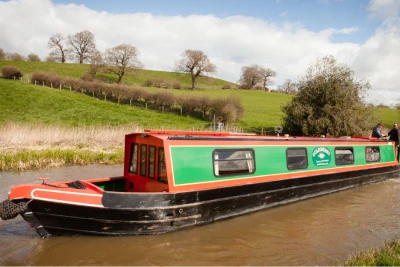
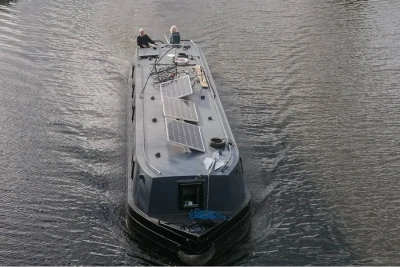
A narrow boat is a style of canal boat slim enough to travel through the locks on narrow canals, generally around 7ft wide: locks on narrow canals were typically built 4" -12" wider than the dimension of the craft using the canal to allow for displacement of the water so the boat could be marginally over 7ft (such as Ipswich) and still be considered a narrow boat.
On the other hand, a wide beam is a boat built in the style of a narrowboat but too wide to fit through narrow locks and can operate on broad canals such as the Grand Union Canal.
Sources: Historic narrow boat widths and lock sizes, Narrow boat wikipedia
Which is best for your holiday?
So which is best and which should you choose for your holiday? The main advantage of a narrow boat is that it's narrow enough to navigate through all the locks on the system; if you wish to holiday on a narrow canal such as the Llangollen, a narrow boat is your only option. A wide beam won't fit. However, a wide beam will afford more space and comfort if you plan to holiday on a wide canal such as the Leeds & Liverpool, Grand Union or Kennet & Avon. You will, however, have to work through the locks alone and won't be able to share the load with a fellow boat like a narrowboat can on the wide canals.
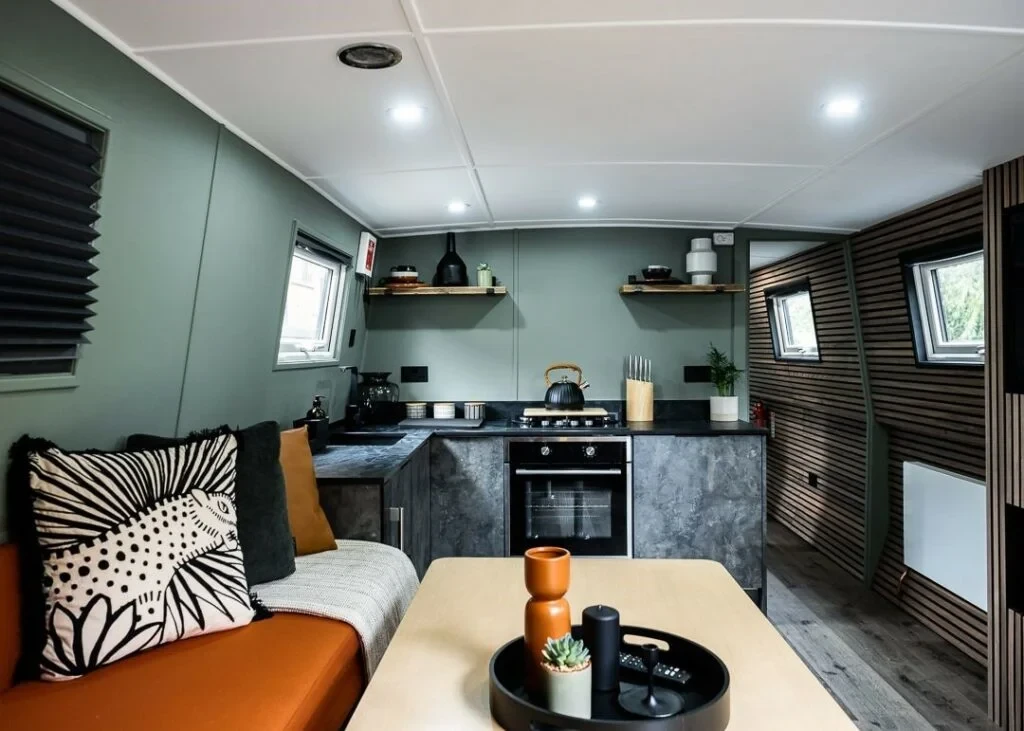
Differences in boat styles
Even between holiday narrow boats there are a few differences in style that can change the way you can use your boat, with advantages and disadvantages to each; probably the main difference is stern style or types. You can have a Cruiser Stern, Semi-Traditional Stern or Traditional Stern.
Stern Type
Cruiser Stern
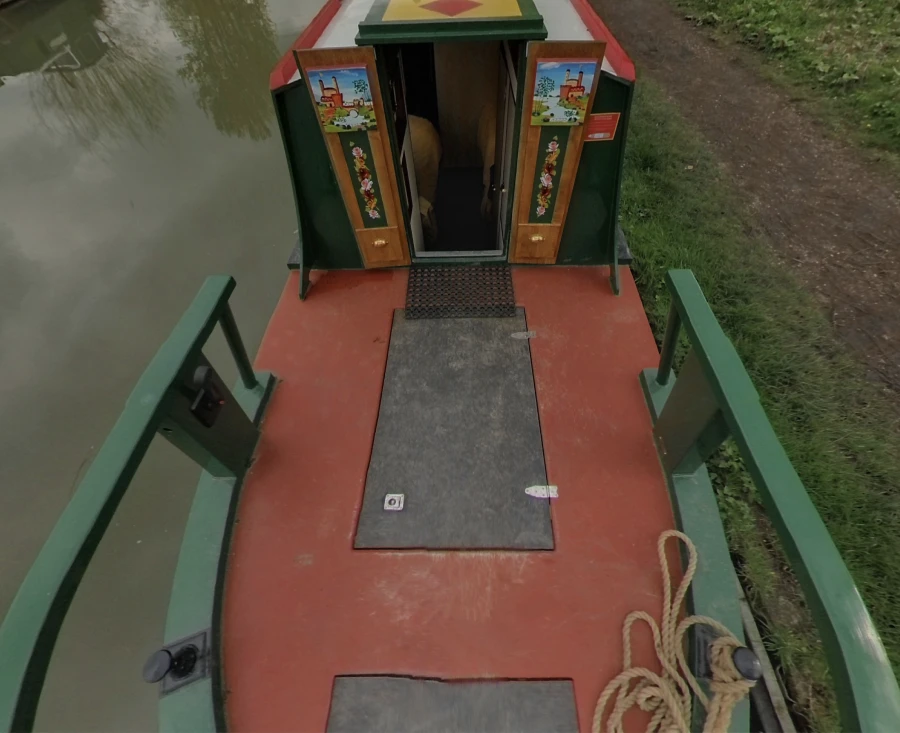
The most popular style of stern on a holiday boat: a cruiser stern allows much of your crew to stand outside near the helmsman and enjoy the cruise; on holiday, maximisation of internal space is not as crucial as with a live-aboard you'll only need to store 1-2 weeks worth of belongings so a cruiser stern provides you with a lovely social way to enjoy the waterways. (This is by far the most common style on modern wide beam boats)
Traditional stern
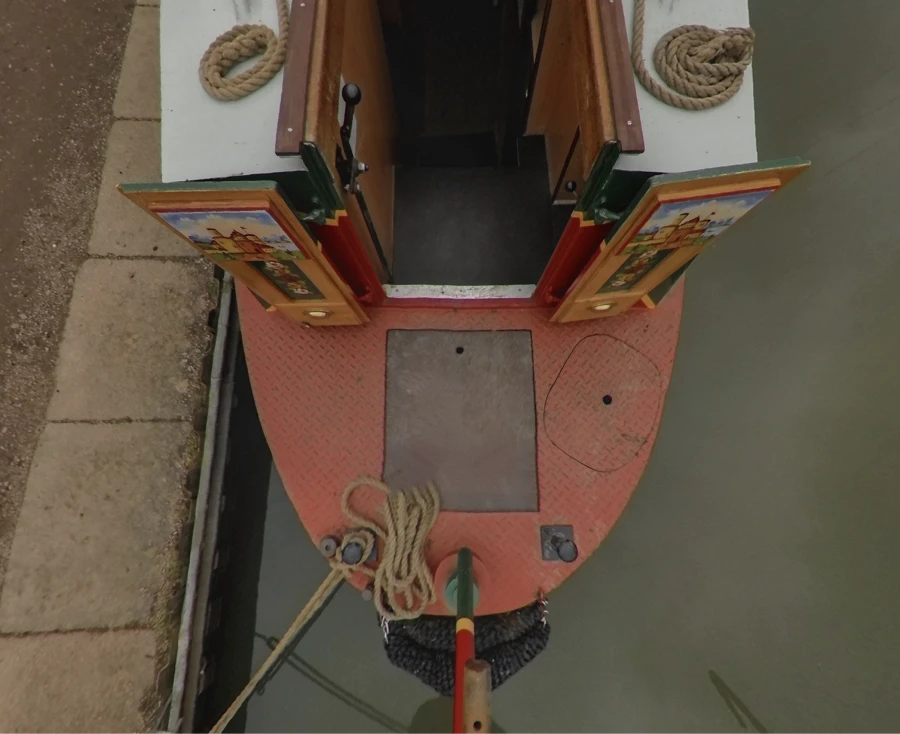
In contrast, a traditional stern has less space on the stern, usually enough for a maximum of 2 or 3 people to stand. This was the traditional type of stern used to maximise cargo space and can be a good option on smaller berth boats 2-4, especially where some crew could sit in the bow.
Semi Traditional Stern
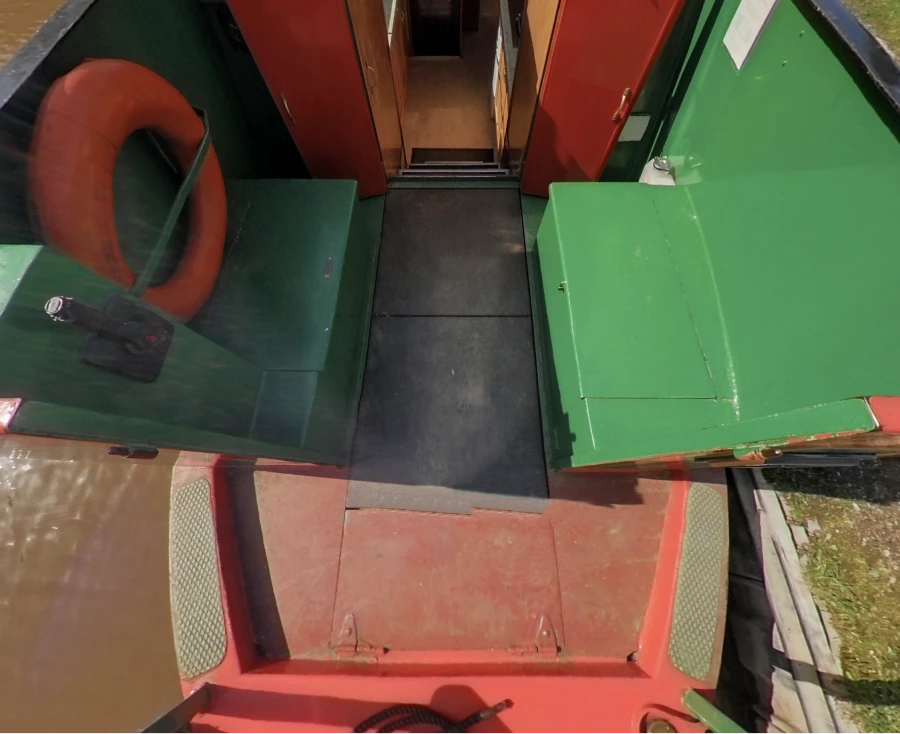
This is a mixture between a Trad Stern and a Cruiser Stern, which provides some benefits of the additional space for crew members while retaining some of the original design. A semi-trad stern can be an excellent option for young children or pets. Much of the stern is enclosed by solid sides, giving children and pets a space to be outside near the helmsman but with a reduced chance of falling in the canal.
Bow type
Open Bow
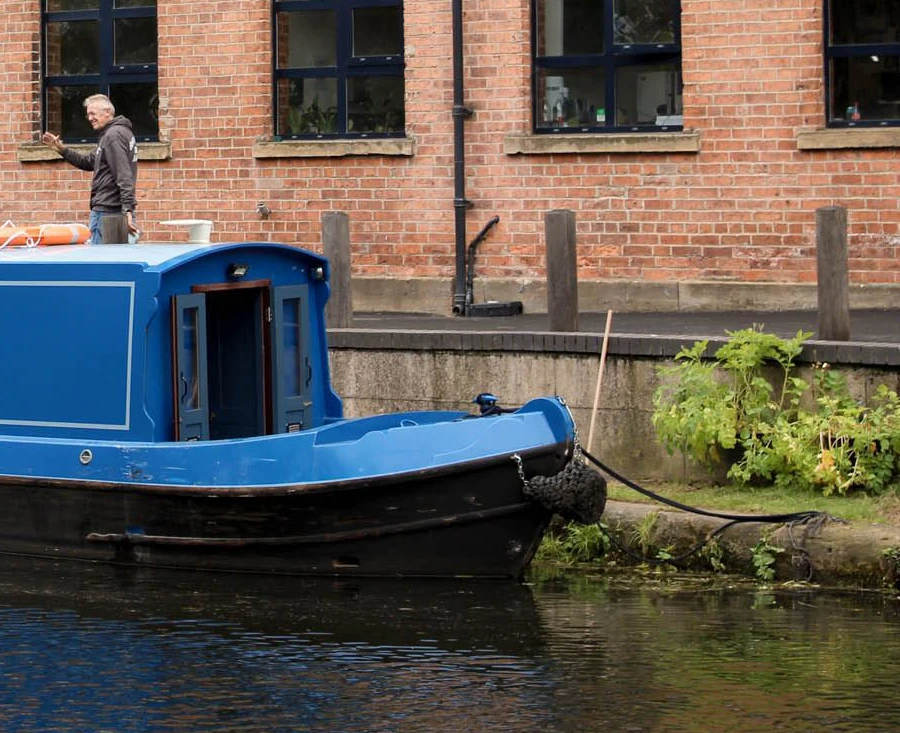
Most common on holiday boats is an open bow, which is an area at the front of the boat, usually with some form of seating for socialising or sitting outside as the boat moves along. It can also come in handy whilst moving the boat. For example, a crew member could step off at the front of the boat to work a swing bridge or lock gate; it also has an additional benefit for anybody with limited mobility as it's another access point whilst usually has only a couple of steps to descend into the boat rather than what can be 3 or 4 large steps at the stern end.
Closed Bow
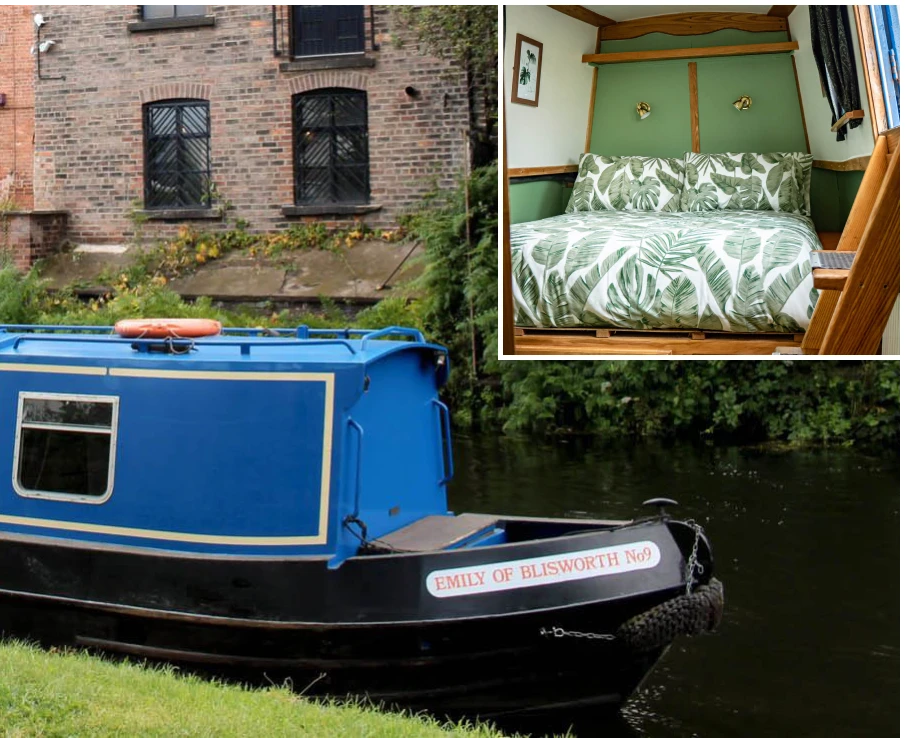
The main reason for enclosing the bow is for additional space inside the boat; for example, with a closed bow, you can have a bed that stretches across the entire width of the boat for extra luxury. Indeed, this is how the space is usually utilised when found on a hired boat. Bear in mind that this makes access slightly more difficult, and the stern will need to be brought into the bank to allow crew members to disembark.
Convert the saloon or not convert the saloon.
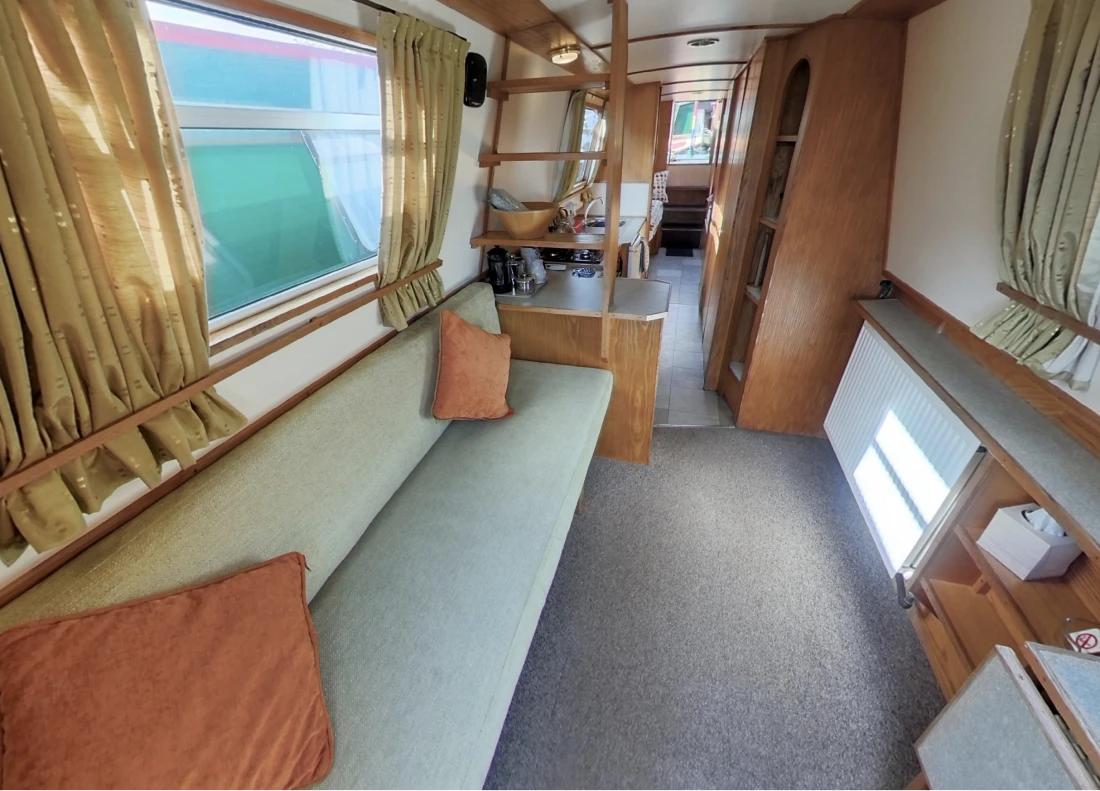
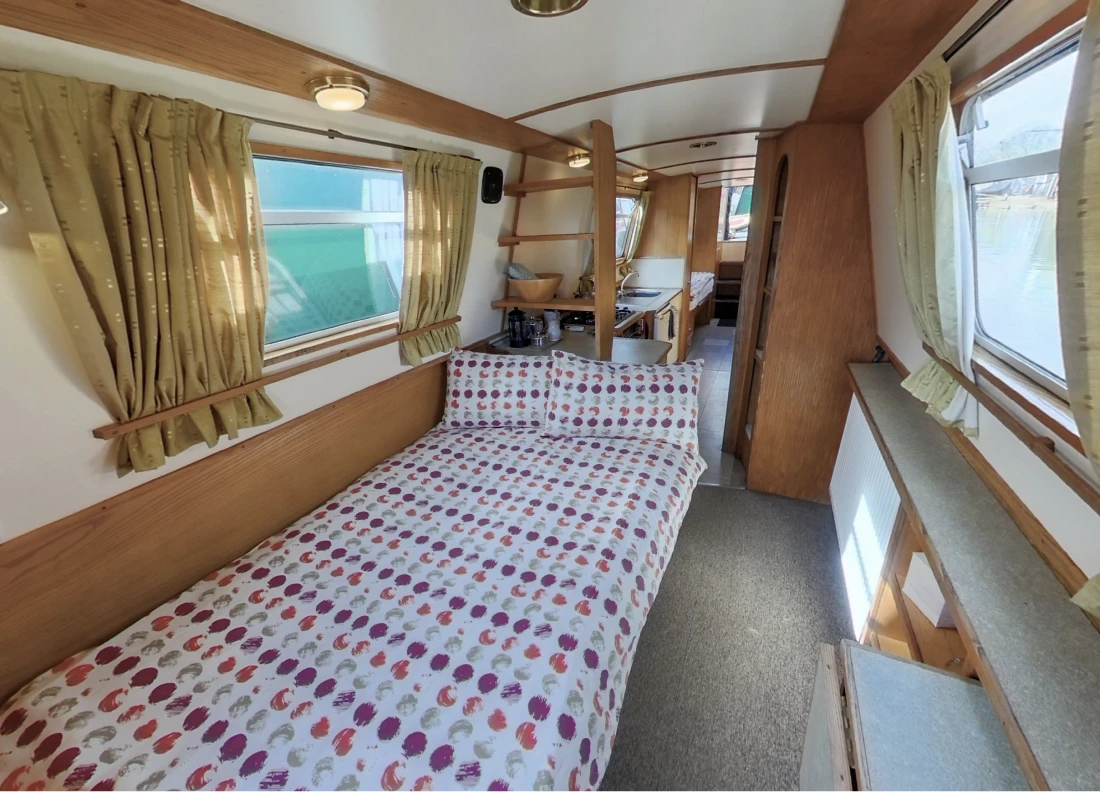
In terms of internal layout, there are many possibilities, most of which are self-explanatory, such as one vs two toilets. One typical design is to convert the Saloon area into a sleeping area overnight, maximising the space's use. Some hire boats don't have this option and are specifically designed for two people; however, most will take advantage of this. If you are looking for a boat for four people and would rather not have to convert this area overnight, a general rule of thumb is to look for a 6-berth boat, and then this conversion will not be required.
Ultimately, there are many differences between boats; however, some are not immediately obvious, for example, the ability to obliterate a bed to make an excellent space for a pet. If you have any specific concerns or requirements, for instance, a crew member with limited mobility or a pet that would ideally have a large space of its own onboard, then please get in contact, and we will be happy to suggest a boat that will work well for your crew.
